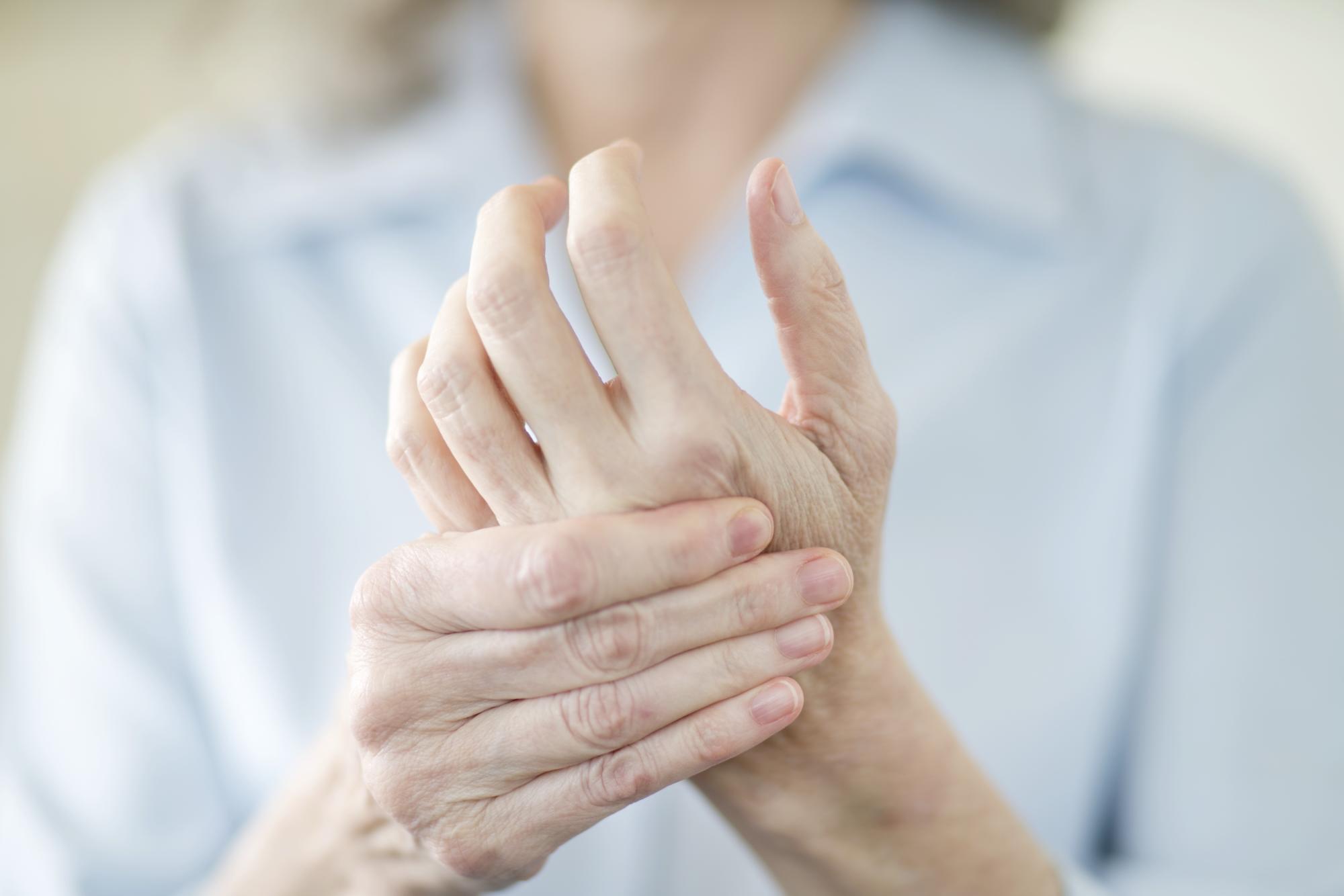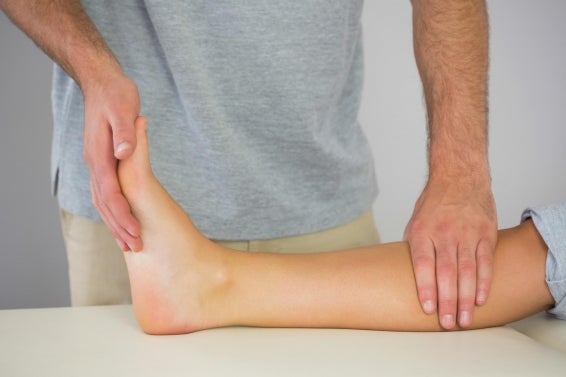View Providers
As we age, it’s normal to notice small changes. A few more wrinkles. A little gray hair. But most of us don’t realize the effect aging has on our skeletal systems. It’s natural for our bones and joints to change with age.
Find out what’s going on with your skeletal system and how to boost your bone and joint health.
How Bones Change
Throughout life, your bones are constantly changing. The body naturally removes old bone and replaces it with new bone. When you are young, bone is replaced much more quickly than it is lost. This is when you are building stronger and denser bones. Around age 30, most people reach their peak bone mass.
After reaching peak bone mass, your body replaces about as much as it loses for a while. But around age 40, less bone is replaced. And this causes the bones to become thinner and weaker, increasing the risk of osteoporosis. Osteoporosis is marked by progressive bone loss. Osteoporotic bones are structurally different than healthy bone. For women, the most rapid bone loss occurs in the years after menopause.
How Joints Change
Your joints are also living, active tissues that can change over time. Loss of water content as well as normal wear and tear can take its toll on the joints, breaking down the top layer of cartilage. And this slippery tissue is important. It covers the ends of the bones in joints, helping them glide easily and absorb the shock of movement. Osteoarthritis is when the cartilage wears away too much.
But not all age-related joint problems are unavoidable. One that is not a natural part of aging, but often occurs with age, is inactivity. As we get older, we begin to taper off our exercise. But it’s important to remember that inactivity can stiffen our joints, not to mention weaken our muscles. Those who avoid a sedentary lifestyle reap the rewards of better bone and joint health.
Turning Back the Clock
Everyone ages. But there are many things you can do to boost your bone and joint health as you age, preventing or delaying problems. Try these tips:
-
Ask your doctor whether medication may be affecting your skeleton. A number of drugs contribute to bone loss, including some long-term antiseizure drugs, certain cancer treatments, and anti-inflammatory drugs like corticosteroids, which are used to treat arthritis and many other diseases, such as asthma, Crohn’s disease, and lupus.
-
Exercise regularly. Not only can physical activity keep your joints more flexible, it can minimize bone loss as well as help you maintain muscle mass, which strengthens surrounding bone and helps prevent falls.
-
Get enough calcium and vitamin D. These nutrients are essential for building and maintaining strong bones. Your doctor can tell you how much you need. If you are unsure whether you are getting enough through your diet, ask about supplements.
-
Keep your weight at a normal level. Carrying too much weight puts stress on the joints and can lead to increased wear and tear on cartilage and bones. This increases the risk of osteoarthritis.





